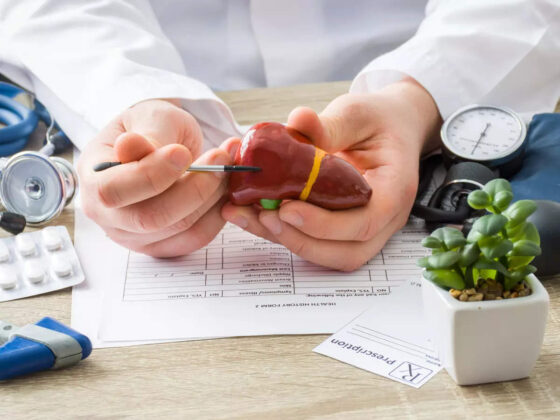New Delhi, October 19-The occurrence of a stroke happens when blood flow to a part of the brain is interrupted as a result of a broken or blocked blood vessel. Stroke may be haemorrhagic or ischemic.
Haemorrhagic Stroke: A haemorrhagic stroke occurs when a blood vessel in the brain ruptures or breaks, allowing blood to leak into the brain.
Ischemic Stroke: An ischemic stroke occurs when a blood vessel carrying blood to the brain is blocked or restricted by severely narrowed arteries causing the clotting of blood.
Since the treatment of stroke depends on the type of stroke, your stroke doctor may use head CT or head MRI to help diagnose your condition. Blood tests, electrocardiogram (ECG or EKG), carotid ultrasound, echocardiography or cerebral angiography can be some other tests which the patient may have to undergo. Time plays a major factor in treatment of strokes. Immediate help can save lives and reduce disability by restoring blood flow for an ischemic stroke or, in case of a haemorrhagic stroke.
The first step in assessing a stroke patient is to determine whether the patient is experiencing an ischemic or haemorrhagic stroke so that the correct treatment can begin. A CT scan or MRI of the head is typically the first test performed by a stroke neurologist. Stroke treatment is Delhi can be provided by specialists lie Dr. P N Renjen, the best neurologist in Delhi-NCR.
Below are some tests which can be performed on the patient to diagnose a patient with a stroke:
Computed Tomography (CT) of the Head CT scanning combines special x-ray equipment with sophisticated computers to produce multiple images or pictures of the inside of the body. Physicians use CT of the head to detect a stroke from a blood clot or bleeding within the brain. To improve the detection and characterization of stroke, CT angiography (CTA) may be performed. In CTA, a contrast material may be injected intravenously and images are obtained of the cerebral blood vessels.
MRI of the Head: MRI uses a powerful magnetic field, radio frequency pulses and a computer to produce detailed pictures of organs, soft tissues, bone and virtually all other internal body structures. MR is also used to image the cerebral vessels, a procedure called MR angiography (MRA). Images of blood flow are produced with a procedure called MR perfusion (MRP). Physicians use MRI of the head to assess brain damage from a stroke.
Electrocardiogram (ECG) An ECG is done to help determine the type, location, and cause of a stroke and to rule out other disorders. ECG checks the hearts’ electrical activity, can help determine whether heart problems caused the stroke.
Doppler/Cartorid Ultrasound: An ultrasound like a Doppler Ultrasound (also Cartorid Ultrasound) can also be done on the patient to check for narrowing and blockages in the body’s two carotid arteries, which are located on each side of the neck and carry blood from the heart to the brain. Doppler ultrasound produces detailed pictures of these blood vessels and information on blood flow.
Cerebral Angiography : Cerebral Angiography is performed with x-rays, CT or MRI, and in some cases a contrast material, to produce pictures of major blood vessels in the brain. Cerebral angiography helps physicians detect or confirm abnormalities such as a blood clot or narrowing of the arteries.











